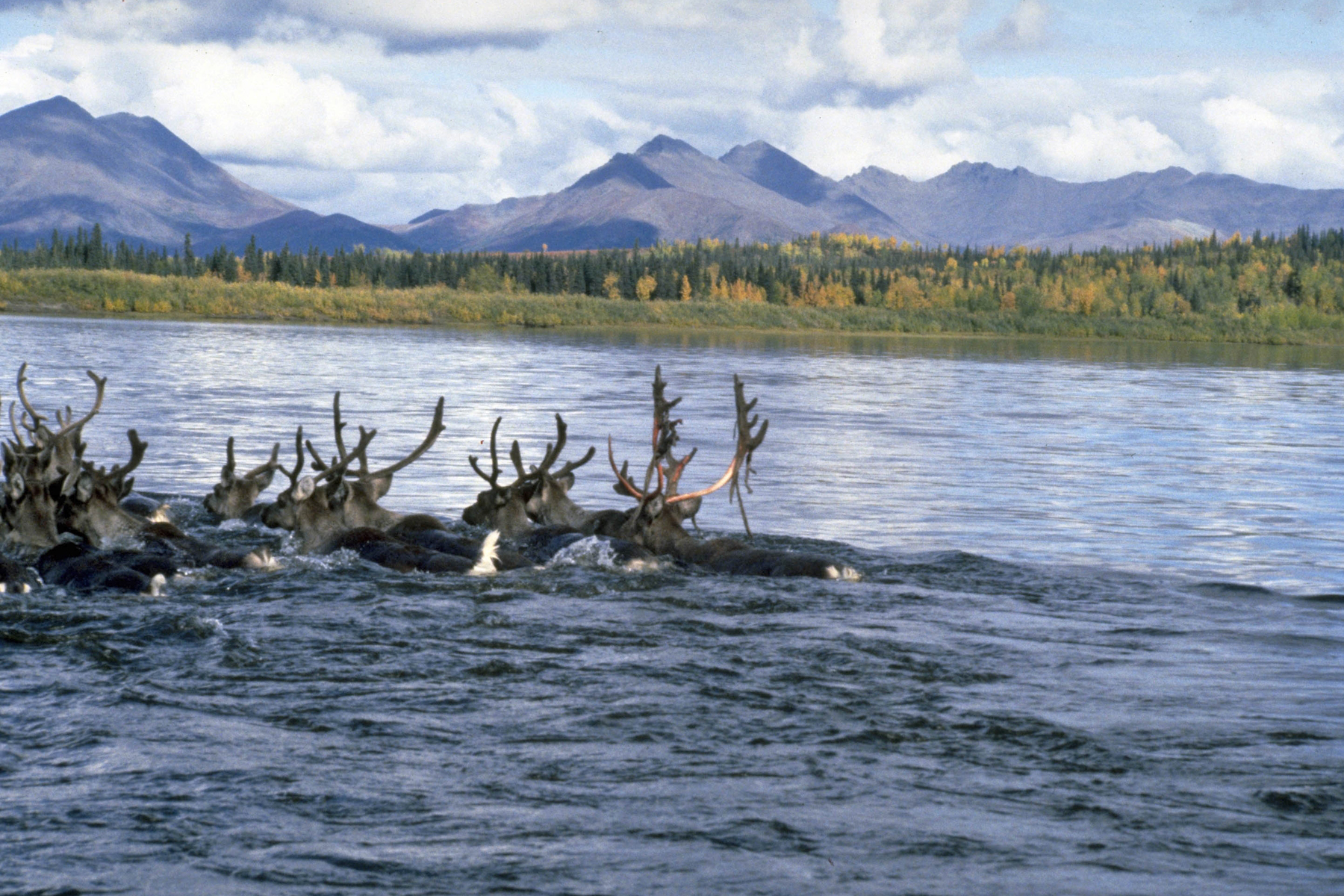Ambler Road Threatens Gates of the Arctic Wilderness
In Fall 2023, the Biden administration released a Draft Supplemental Environmental Impact Statement (SEIS) for the proposed 211-mile Ambler Road through Alaska’s Brooks Range and some of the wildest country on the continent. The road would facilitate huge mining operations that would benefit a private Canadian company at the expense of Wilderness and wildlife.
This region is home to numerous Athabaskan and Iñupiat villages and the Western Arctic Caribou Herd. Wilderness Watch has long contended that the impacts to the region’s wildness, its communities, wildlife, and waters of northern Alaska far outweigh any benefits from this massive industrial mining project.
If this proposal seems familiar, it's because the project was approved in 2020 during the Trump administration, but in February 2022, the Biden administration suspended the road’s right-of-way and announced a new environmental review to replace the Trump administration’s insufficient and faulty review.
The proposed 211-mile road would stretch west from the Dalton Highway (aka the Haul Road to the North Slope) to the mining claims. Along the way, the road would cross Gates of the Arctic National Preserve and the Kobuk Wild and Scenic River, both ecologically significant public lands which make up part of the largest remaining roadless area in the country. The Ambler Road would cross nearly 3,000 streams, 11 major rivers, 1,700 acres of wetlands, and major caribou migration routes. The road would also bisect a wide swath of the southern Brooks Range, home to grizzly bears, wolves, Dall sheep, moose, wolverines, and three caribou herds.
Wilderness Watch is advocating for the only acceptable alternative in the Draft SEIS—the No Action Alternative. Under this alternative, the Bureau of Land Management (BLM) would not issue a right-of-way and the Ambler Road would not be permitted by the BLM.
Wildernesses in Alaska, even those as large as Gates of the Arctic, derive much of their extraordinary values from the expanse of wildlands surrounding them—which are critical to maintaining the integrity of these great places. If built, the Ambler Road would undoubtedly lead to more use and motorized intrusions into the Wilderness. Road noise, dust, and vehicle headlights at night would degrade the area’s wild character.
The road is proposed to be closed to the public, but after the road is built pressure would surely mount to open it to the public, compounding the negative impacts to this great wild expanse. Similar promises on past projects have been broken, leading to permanent and widespread impacts from ATVs, motorboats, airstrips, and hunting and fishing pressure, all impacting wildlands, wildlife, and local traditional subsistence uses.
BACKGROUND:
Wilderness Watch has voiced concern over the destructive and unnecessary Ambler Road, which the BLM approved in July 2020.
The Alaska Industrial Development and Export Authority (AIDEA) is the state agency proposing this road. The preferred route would stretch west from the Dalton Highway to the mining claims, and run adjacent to Gates of the Arctic Wilderness and National Park. View the proposed route.
Although the Biden administration suspended the road’s right-of-way in February 2022, announcing that it would conduct a new environmental review, the administration should cancel the permit altogether.
In Fall 2022, the BLM conducted another public comment period prior to preparing a supplemental environmental impact statement.
In October 2020, six Alaska Native tribal councils and a tribal consortium with 42 members filed suit.
- Read our DSEIS Comments (2023)
- Read our DEIS Comments (2019)
Photo: Caribou crossing the Kobuk River, by National Park Service
Contact Us
Wilderness Watch
P.O. Box 9175
Missoula, MT 59807
P: 406.542.2048
Press Inquiries: 406.542.2048 x2
E: wild@wildernesswatch.org
Minneapolis, MN Office
2833 43rd Avenue South
Minneapolis, MN 55406
P: 612.201.9266
Moscow, ID Office
P.O. Box 9765
Moscow, ID 83843

